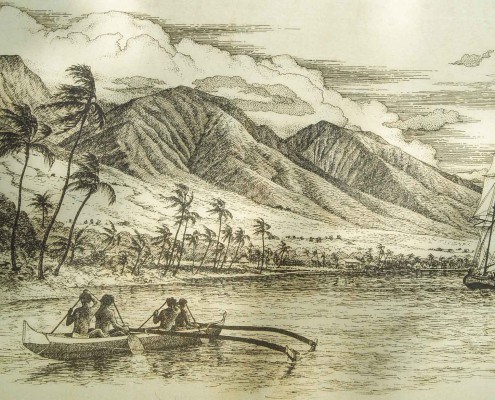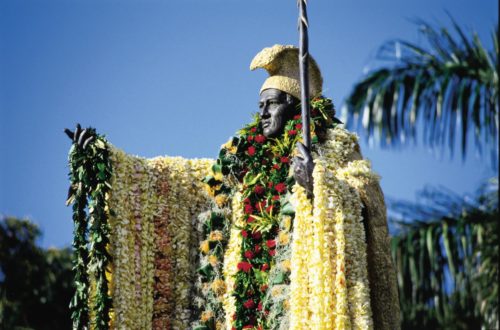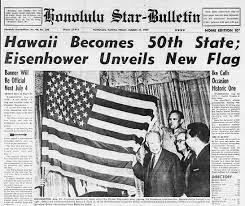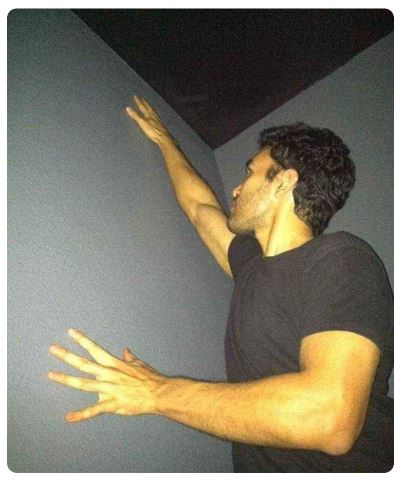Ever wondered about the rich Hawaiian culture and how it all started? It’s great to know a little bit about the islands before visiting Hawaii. Before it became a top honeymoon destination or the name associated with pineapple on pizza, even if this pizza was actually invented in Canada, Hawaii has many stories to tell of its history!
In this article, we’ll walk you through the major events of Hawaiian history so that you can get more familiar with these marvelous, curiosity-inducing islands.
Without further ado, let’s dive in!
Hawaii’s First Settlements (300-400 C.E.)
The volcanic lands of Hawaii have existed since ever, of course, but the first people who traveled to Hawaii’s Big Island did so in around 300 or 400 C.E.
Those voyagers were the Polynesians who used to live in the Marquesas Islands, and they made their 2000-mile journey to Hawaii by their canoes.
After settling into their newly-discovered territory, those early Hawaiians did everything it took to make it feel like home. They were seasoned farmers and fishermen, and their skills were useful in establishing small communities on that island.
Those communities were often ruled by chieftains, and it wasn’t unusual for them to go into quarrels over who owned which piece of land. There was always a little war going on, and the arrival of Tahitians around 900 C.E. only made matters more conflicted.
Tahitian priests and chiefs of high ranks were ready to set themselves as leaders of different parts of the territory, and fights over land rights extended for centuries. That is, until the Europeans managed to discover this secluded part of the world!
Still, Tahitians contributed to the culture and traditions of Hawaii, adding their unique touch to a people who already had a rich background.
The Lifestyle of Early Hawaiians
Back in those early days, the Hawaiians didn’t use written language to communicate or document their everyday lives. The traditions, rituals, myths, and teachings of different aspects of their lives were taught orally from generation to generation.
Want to check out an authentic Hawaiian experience? Check out a Hawaiian Luau and have the time of your life!
The early Hawaiians were masters when it came to animal hunting and plant life. They were also highly skilled in carving wood, bone, stone, and shell to create weapons and tools to use on a daily basis.
Canoes of various shapes and sizes were their main means of transportation, and Hawaiians took huge pride in their craftsmanship. Their navigation methods were pretty impressive, too!
Another interesting part of their lives was how they encouraged the rise of true warriors through athletic contests. Familiar with many disputes and battles over regions of land, it was only normal for Hawaiians to treasure fighting skills!
The Discovery of the Hawaiian Islands by Europeans (1778)
In 1778, the British explorer Captain James Cook took the first step on Hawaiian soil, precisely on Kauai island. After his arrival, the Hawaiian islands came into contact with the West, but on an irregular basis.
A year after he first set foot on Hawaii, when he returned to the land he discovered, James Cook was killed during a quarrel with a bunch of Hawaiians at Kealakekua Bay.
The Rise of King Kamehameha I (Around 1810)
Of course, not all Hawaiians were fans of the Europeans coming to and leaving their lands whenever they pleased. However, some individuals benefited greatly from their contact with the West, namely King Kamehameha I.
He became more familiar with advanced European military technology and used it to rise to power. As a result, he managed to rule over most of Hawaii’s territories, and, following his reign, the monarchy remained for 85 years in Hawaii.
The Arrival of Captain George Vancouver, New England Missionaries, And More! (1792-1850)
During and after the reign of King Kamehameha, more and more influential groups of people came to Hawaii. They enjoyed its captivating natural beauty and interesting history and culture, and in return, they brought it several steps closer to modernity.
For example, the English navigator, Captain George Vancouver, was the first to bring livestock to Hawaii back in 1792. Then, in the early years of the next century, the whaling fleet of the United States started wintering in the islands as well.
That was soon followed by the arrival of several groups of New England missionaries in 1820. Also, as Hawaii became more and more popular, it was visited by more explorers, travelers, and traders.
As a result of all those visits, many changes happened to the small Hawaiian society.
By around 1850, various establishments called the Hawaiian islands their home. Churches, frame houses, taverns, schools, and markets were built, and it wasn’t strange to see horse-drawn carriages at that point anymore!
In addition to that, the Hawaiians were introduced to new religions, especially Protestant and Roman Catholic. They also embraced written language, and they learned many skills and imported several lifestyle aspects of American and European origins.
Still, with many people from different regions of the world coming to Hawaii, diseases found their way to the protected people of the island. Sadly, the native population was reduced to only 70,000 after being around 300,000 before James Cook set foot on Hawaiian soil.
Being Under the Dominance of the U.S. (1840)
By the time King Kamehameha III rose to power and after the arrival of the New England missionaries, a small group of elite Americans began their slow ascent to power.
Their influence forced the king to agree on the Great Mahele, which basically allowed private ownership of property, in 1848. Soon afterward, the king was urged to sign the Reciprocity Treaty of 1875, which later enabled the Americans to control Hawaii’s economy.
In the following years, it was simple work to overthrow the king, dispose of the monarchy system altogether, and start the Republic of Hawaii. In 1898, Hawaii officially became a U.S. territory.
Becoming an Official State (1959)
Hawaii remained a U.S. territory for a long time, and this had its benefits. For example, the population of native Hawaiians grew substantially, and pineapple and sugar production also flourished to fulfill the needs of the U.S. mainland.
In the early 1900s and until 1941, a lot of movements called for Hawaii’s statehood so that Hawaii’s tax obligations were better regulated by law.
Then, with the attack of the Japanese on Pearl Harbor in 1941, Hawaii found itself in the middle of World War II. In the following years, and until the end of the war, Hawaii was teeming with military activity.
Then, finally in 1959, Hawaii became a state of the United States of America.
Afterward, the population and economic growth increased even further, and many investments were made in the Hawaiian islands by U.S. and Japanese investors.
However, native Hawaiians found that they weren’t making enough money to live comfortably despite the flourishing businesses all around them. Many had to work multiple jobs to cover the costs of simply living in their own territory.
Furthermore, many Hawaiians had to give up their homes to make enough space for projects on the island.
Calls for the Return of Sovereignty (the 1980s)
Soon enough, around 1980, several native Hawaiin groups started demanding the legal re-establishment of sovereignty. Others wanted Hawaii to be its own territory, governed by its people alone.
This was when President Bill Clinton addressed native Hawaiians, apologizing for the role of the United States in overthrowing the monarchy of Hawaii.
In later years, and especially at the beginning of the 21st century, Hawaii’s popularity has skyrocketed to unimaginable heights. Many resorts were built on huge parts of the islands to cover the interest of tourists from all over the globe.
Yet, despite Hawaii’s high position as a traveler’s must-visit destination nowadays, Native Hawaiians still have land rights that they want to be recognized. They’re demanding self-governance until this day, and only time will tell how that struggle will end up.
To Wrap It Up
Who knew that Hawaiian history was so intriguing?
Well, there’s no doubt that Hawaiian culture is a rich one, especially if you take a look at the ancient art of its people in a museum or read about their myths and customs online.
Know that checking Hawaii out via helicopter is an excellent way to see a lot of the historical sites from a view worth telling your family back home about.
Hopefully, after going through our guide, you now know how Hawaii became what it is today. It all started with Polynesians leaving their islands and embarking on Hawaii’s Big Island and ended with Hawaii becoming a U.S. state.
It’s also important to note that Native Hawaiians are still standing up to their rights to this day, which says a lot about their resilience and strength as a people. At one point in the future, we’re sure they’ll finally be able to celebrate the self-governance of their homelands!
